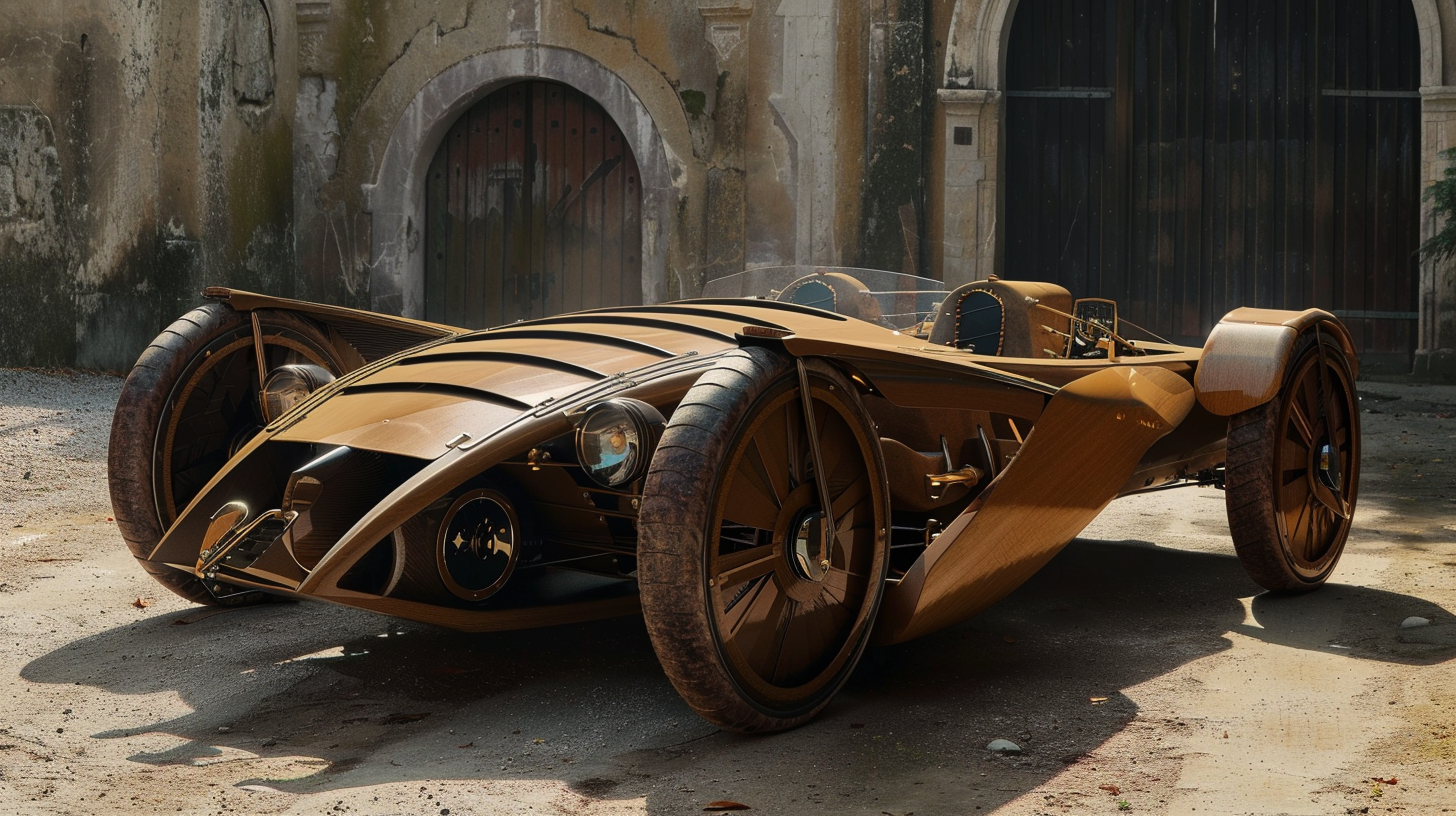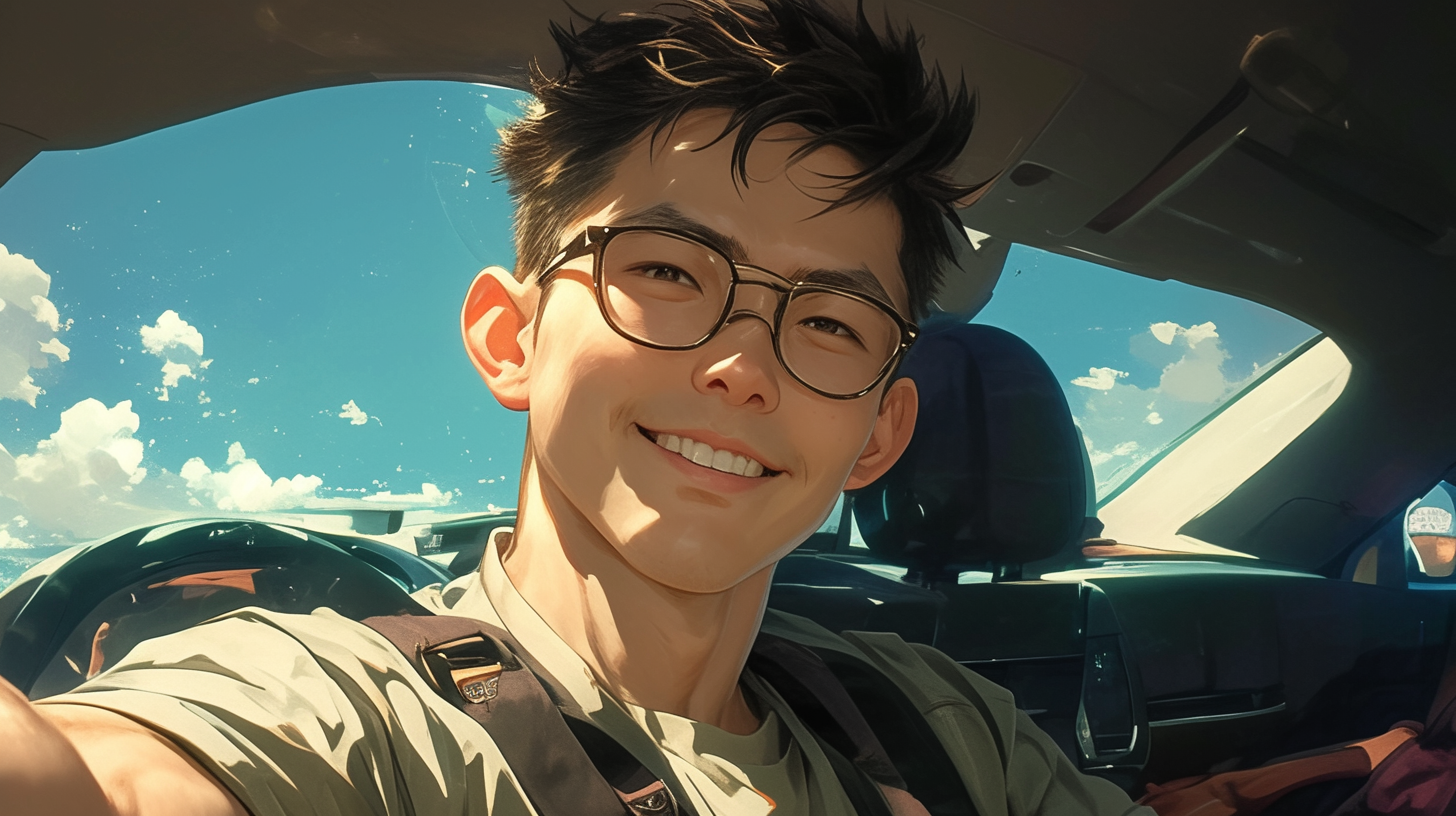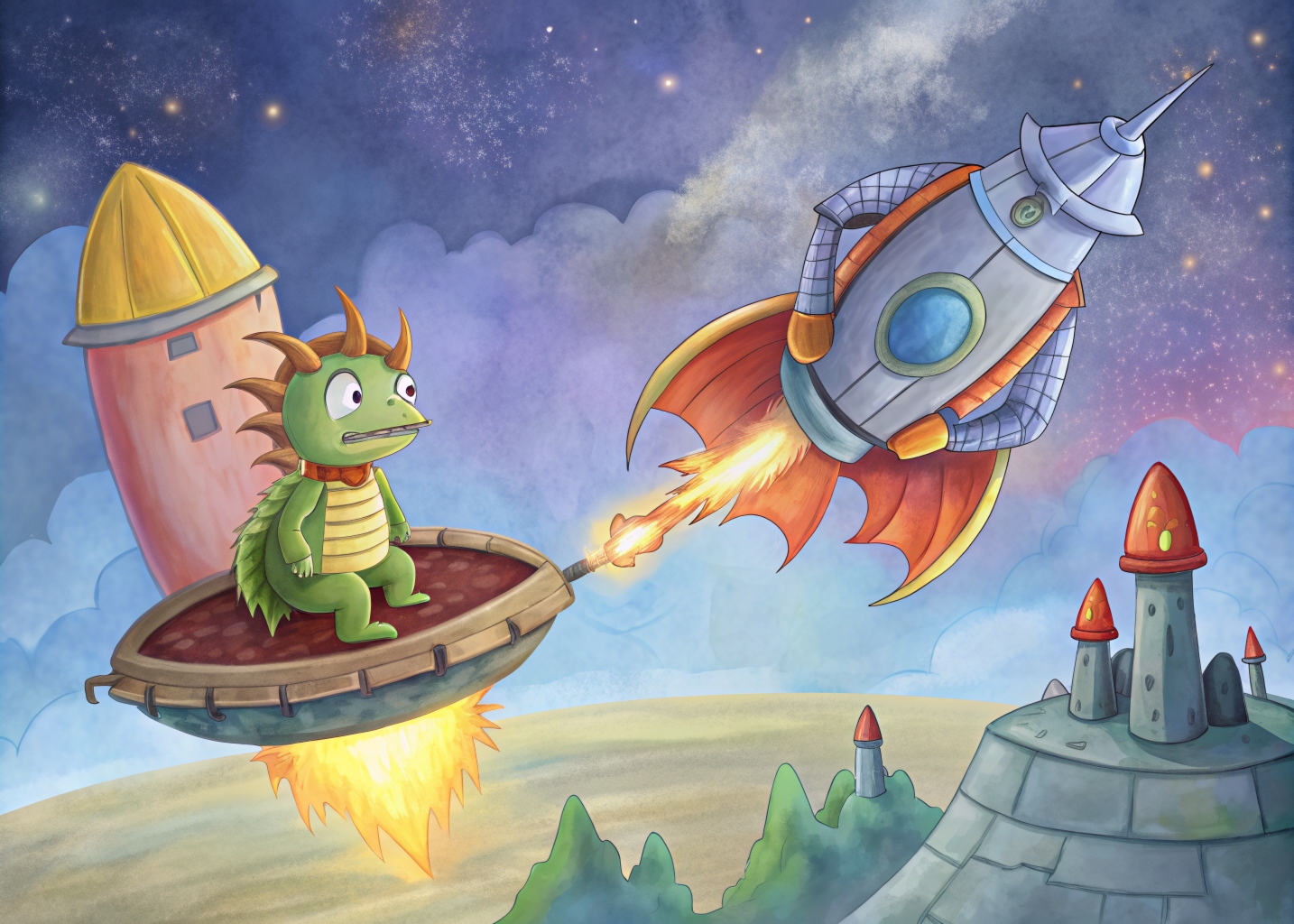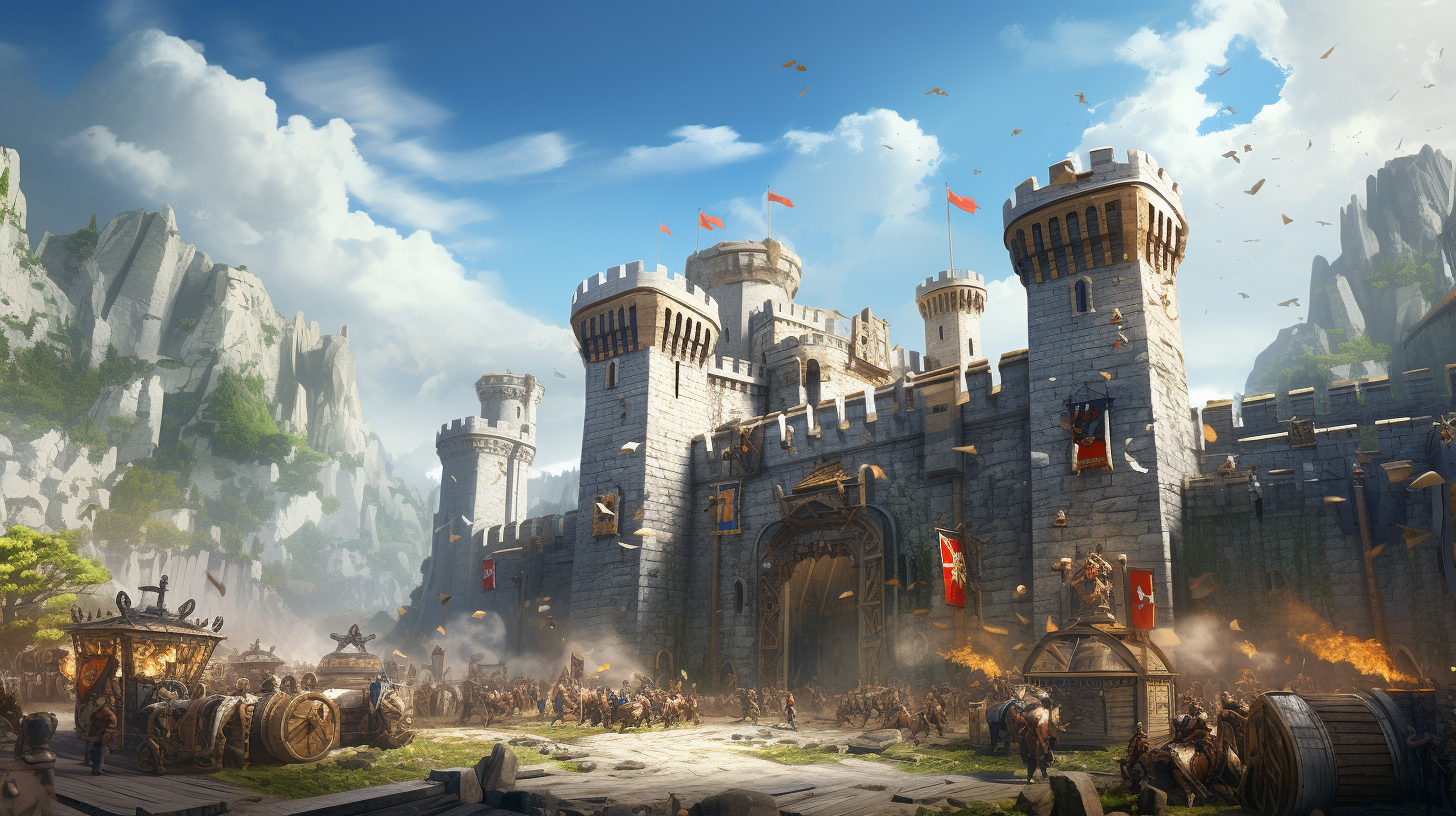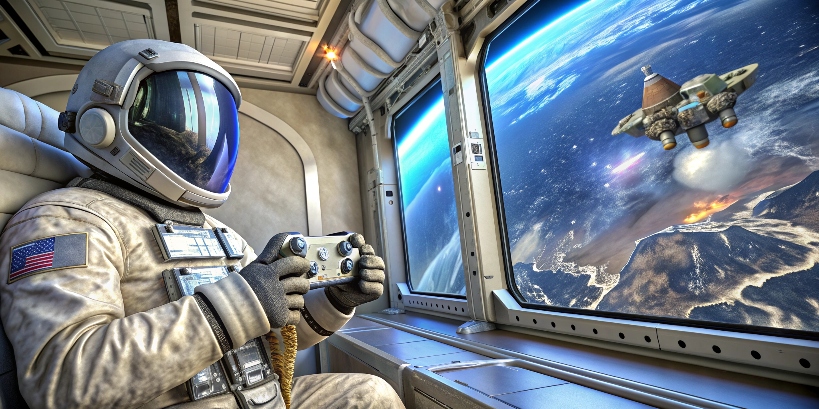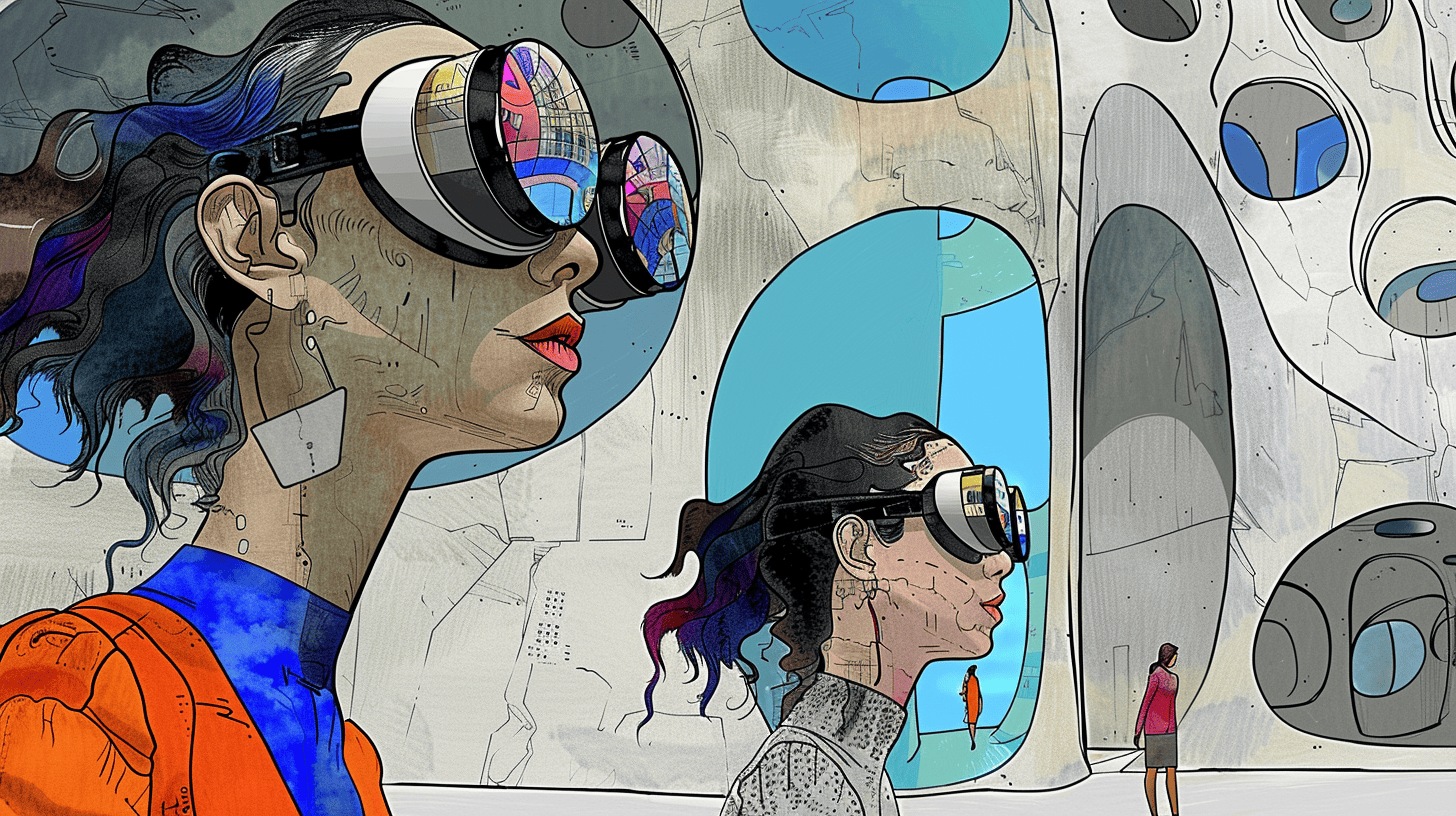The HTML5 canvas has become a powerful and widely-used tool for creating visually beautiful web-based games. Its ability to draw 2D and 3D pictures directly in the browser has made it a popular choice for game developers, especially those looking to create engaging and interesting experiences.
Creating a visually impressive racing game using HTML5 canvas presents both challenges and opportunities. Developers must deal with the limits of the canvas element while trying to achieve the level of realism and visual quality that players expect from modern racing games. However, the flexibility of HTML5 canvas also opens up new chances for innovation and creativity in the racing game genre.
Laying the Groundwork
When building a racing game with HTML5 canvas, developers have many libraries and frameworks to choose from. Some popular options include:
- Phaser.js
- Three.js
- PixiJS.
Each of these tools offers unique features and capabilities, so it’s important to examine the specific needs of your project and select the one that best fits your development goals.
Deciding on the visual style and design of your racing game is a key part of the development process. This means creating a consistent and unified look that matches the overall tone, setting, and branding of your game. The choices you make during this planning phase will have a big impact on the creation of the 3D models, textures, lighting, and other visual elements that will be used throughout the project.
Rendering the Racing Environment
Creating a visually stunning racing environment takes a lot of work. Developers use different techniques to bring these virtual racetracks to life:
- Procedural Generation: This means the game can automatically create varied and ever-changing landscapes, so the racetrack feels fresh and dynamic.
- Detailed Textures and Materials: Developers put a lot of effort into making the textures, surfaces, and materials look realistic and high-quality.
- Level of Detail (LOD) Systems: These optimize performance by only rendering the highest level of detail where it’s needed, saving resources for other important visual elements.
By using these techniques, developers can craft engaging and visually appealing racing environments that really draw players into the experience.
Maintaining a Smooth Ride
For a great racing game, it’s crucial to keep the visuals running smoothly, even on less powerful hardware. Developers use efficient rendering methods to ensure the game feels responsive and performs well. Some key techniques include:
– Frustum Culling: Only rendering what’s actually visible on screen, to reduce workload.
– Batched Rendering: Grouping similar objects to draw them all at once, more efficiently.
– Asynchronous Asset Loading: Loading game assets gradually in the background, to avoid hiccups.
These optimization methods help maximize performance and keep the racing action feeling fluid and seamless.
Modeling Vehicles and Objects
The vehicles are absolutely crucial in a racing game. Creating high-quality 3D car models is a major challenge, but it’s essential to get right. This involves:
- Accurately modeling the exterior and interior of the cars
- Applying detailed textures and materials to make them look realistic
- Implementing physics and handling that feels authentic to the player.
By putting in the time and effort to develop these 3D car models, developers can create a much more engaging and interesting racing experience for players:
| Vehicle Type | Description |
| Sports Cars | High-performance, two-door vehicles designed for speed and agility, such as supercars and exotic sports cars. |
| Race Cars | Purpose-built vehicles engineered specifically for racing, often with open-wheel or closed-body designs. Examples include Formula One, IndyCar, and NASCAR-style race cars. |
| Muscle Cars | Powerful, American-made vehicles from the 1960s and 1970s known for their large engines and distinctive styling. |
| Street Vehicles | Production cars and trucks found on regular roads, ranging from compact hatchbacks to large SUVs and pickup trucks. |
| Motorcycles | Two-wheeled vehicles that offer a unique riding experience and challenge players with their different handling characteristics. |
| Karts | Small, lightweight go-kart-style vehicles that provide an accessible and often lighthearted racing experience. |
| Futuristic Vehicles | Conceptual or imagined vehicles with advanced designs, technologies, and capabilities, often seen in sci-fi or fantasy-themed racing games. |
This table covers some of the most common vehicle types found in modern racing games, each with their own unique characteristics, performance, and gameplay mechanics. Developers can choose to focus on certain vehicle types to cater to different player preferences and racing experiences.
Populating the Racing World
In addition to the vehicles, the racing environment is filled with all kinds of other objects – track elements, obstacles, environmental features, and more. Effectively integrating these objects and making their interactions feel seamless is key to creating a dynamic and visually captivating racing experience. This can involve:
- Realistic physics-based interactions between objects
- Smooth, lifelike animations for everything in the world
- Ensuring all the elements blend together cohesively.
By nailing both the vehicles and the surrounding world, developers can truly immerse players in an exciting, high-quality racing game.
Lighting and Visual Effects of the Race
Lighting is essential for creating visually stunning racing games. Developers use realistic lighting models that accurately simulate how light behaves in the game world. This includes:
- Realistic shadows that change dynamically
- Accurate representation of different lighting conditions (day, night, weather)
- Seamless integration of the lighting with the overall visual style.
Beyond just the lighting, developers also incorporate a variety of other visual effects to further enhance the racing experience:
- Particle effects for things like smoke, dust, and other environmental elements
- Post-processing techniques like bloom, color grading, and depth of field
- Additional enhancements like lens flares, reflections, and detailed environmental touches.
All of these elements work together to make the racing environments feel more immersive and visually captivating for players.
Here are some examples of popular racing games that showcase excellent lighting and visual effects:
| Game | Lighting and Visual Effects |
| Forza Horizon 5 | Dynamic time of day, realistic shadows, high-quality particle effects |
| Gran Turismo 7 | Accurate representation of different weather and lighting conditions, photorealistic materials |
| F1 2022 | Realistic reflections, detailed cockpit views, cinematic camera angles |
| Need for Speed Heat | Neon-infused night lighting, atmospheric weather effects, stylized post-processing |
| Project CARS 3 | Realistic light simulation, advanced material shading, dynamic environmental interactions |
By mastering lighting, particle effects, and other visual techniques, developers can create racing games that truly immerse players in the thrill of high-speed competition.
Achieving Smooth Animation and Fluid Movement
Maintaining a smooth and responsive gameplay experience is essential for a great racing game. Developers have to optimize their code and rendering techniques to keep the frame rate consistent, even during intense high-speed action. This involves:
- Efficient management of resources and assets
- Adaptive rendering strategies that adjust based on the device’s capabilities
- Leveraging the latest performance optimization techniques.
The camera system is also crucial for creating a true sense of speed and immersion. Developers use techniques like:
- Dynamic camera positioning with smooth transitions
- Adaptive camera behavior that responds to player inputs and vehicle movements
- Advanced camera effects like motion blur and camera shake.
By perfecting these camera techniques, developers can deliver a racing experience that feels fast, responsive, and visually captivating.
Here are some examples of racing games that excel at maintaining smooth performance and using innovative camera systems:
| Game | Performance and Camera Techniques |
| Forza Motorsport 8 | Highly optimized rendering, dynamic resolution scaling, seamless cockpit/chase cam transitions |
| F1 2022 | Consistent 60fps on consoles, adaptive graphics settings, immersive in-cockpit view with telemetry |
| Need for Speed Unbound | Stylized motion blur and camera shake, responsive controls even at high speeds |
| Gran Turismo 7 | Adaptive performance mode for older hardware, cinematic camera angles and replays |
| Dirt 5 | Smooth 120fps mode on next-gen consoles, dynamic camera that accentuates jumps and drifts |
By focusing on optimized performance and innovative camera systems, these racing games are able to deliver thrilling gameplay that keeps players immersed in the action.
Optimizing for Cross-Platform Compatibility
When building a racing game using HTML5 canvas, developers need to make sure it runs well on all kinds of devices and browsers – both desktop and mobile. It’s important that the game looks great and performs smoothly, whether you’re playing on a huge computer screen or a tiny smartphone.
Optimizing the game to work perfectly across different platforms involves dealing with several tricky performance issues and device-specific quirks. Here are some examples:
- Optimizing Asset Loading and Rendering for Mobile
On mobile devices with limited processing power, developers have to be extra clever about how they load and display game assets like images, sounds, and 3D models. They use techniques like compression and level-of-detail scaling to ensure smooth rendering without lag.
- Implementing Responsive Design and UI
The game’s user interface needs to adapt and resize itself automatically to provide an optimal experience on any screen size, from a massive desktop monitor to a compact mobile display. Responsive design principles help achieve this seamless flexibility.
- Handling Browser Quirks
Different browsers, even on the same device, can sometimes render things a tiny bit differently due to variations in their engines. Developers have to identify and tackle these browser-specific rendering quirks to maintain a consistent look and feel across all platforms.
By conquering these performance and device-specific challenges, racing game developers can deliver an adrenaline-pumping, visually stunning experience to players, no matter what device or browser they’re using!
Integrating HTML5 Canvas with Other Technologies
While HTML5 canvas is great for basic 2D and 3D graphics, developers can seriously amp up the visual quality of their racing games by combining it with WebGL – a powerful low-level graphics technology. By mixing the powers of canvas and WebGL, they can:
| Benefit | Example |
| Achieve mind-blowing 3D effects | Realistic car models, dynamic lighting, particle effects |
| Leverage hardware acceleration | Smooth performance even with intense graphics |
| Access advanced graphics features | High-quality shadows, reflections, post-processing effects |
But visuals are just the start! To create an adrenaline-pumping, immersive racing experience, developers harness other awesome web technologies like:
- HTML5 Audio: Hear that roaring engine with high-quality audio effects like gear shifts and tire screeches.
- Input Handling: Responsive controls whether you’re using keyboard, gamepad or even motions sensors.
- Real-time Networking: Enable multiplayer racing and intense head-to-head competitions over the internet!
By combining cutting-edge graphics with immersive audio, intuitive controls, and real-time networking, developers can craft the ultimate racing sim that’ll leave players breathless! The web has some seriously powerful tools to bring these games to life.
Overcoming Rendering Limitations and Challenges
While HTML5 canvas is incredibly powerful for game development, it does have some limitations that developers need to get creative to work around:
- Handling Massive Assets
Canvas can struggle with extremely high-resolution textures and huge 3D models. Developers use clever techniques like level-of-detail scaling to only load the full detail when needed.
- Advanced Rendering
Cutting-edge rendering methods like deferred shading are tricky to implement purely with canvas. Developers combine it with other technologies like WebGL to unlock these capabilities.
- Browser Quirks
Different browsers sometimes render canvas a bit differently. Developers meticulously test and apply workarounds to ensure a consistent experience everywhere.
As canvas keeps evolving, developers are constantly exploring innovative new ways to max out its potential for racing games:
Example: A team wanted to create a breathtaking futuristic racing experience with amazing volumetric lighting and particle effects. While pushing the limits of what canvas could traditionally do, they experimented with emerging web standards, collaborated with the open-source canvas community, and optimized performance to the extreme. The result? A visually stunning spectacle that raised the bar for HTML5 racing games!
By getting creative with workarounds for limitations and embracing cutting-edge approaches, racing game developers can tap into the full power of canvas to deliver mind-blowing experiences.
What’s Next
At eJaw, we are leaders in HTML5 game development, constantly pushing what’s possible with this awesome technology. Our talented team specializes in creating super exciting racing games that take full advantage of HTML5 canvas.
When it comes to developing thrilling racing experiences, we’re experts at overcoming the limitations of HTML5 canvas through clever solutions and creative workarounds. Our developers are pros at handling massive high-res textures, using advanced rendering techniques like deferred shading, and fixing any browser-specific issues to ensure a flawless experience on every device.
But we don’t just tackle limitations – we’re always exploring new ways to take HTML5 canvas to the max. Our team stays ahead of the game by experimenting with the latest web tools, working closely with the open-source community, and optimizing performance to unlock incredible new visuals.
One awesome example is a recent futuristic racing game we made. By combining the power of HTML5 canvas and WebGL, we created a jaw-dropping visual masterpiece with mind-blowing lighting, dazzling particle effects, and ultra-realistic car models. This project showed how we blend cutting-edge tech, push canvas performance to its limit, and deliver a stunningly beautiful racing experience that sets new standards for HTML5 games.
At eJaw, we’re passionate about leading the way in HTML5 game development, crafting racing games that wow players around the world. With our innovative spirit, technical skills, and commitment to excellence, we’re shaping the future of web-based racing excitement.




